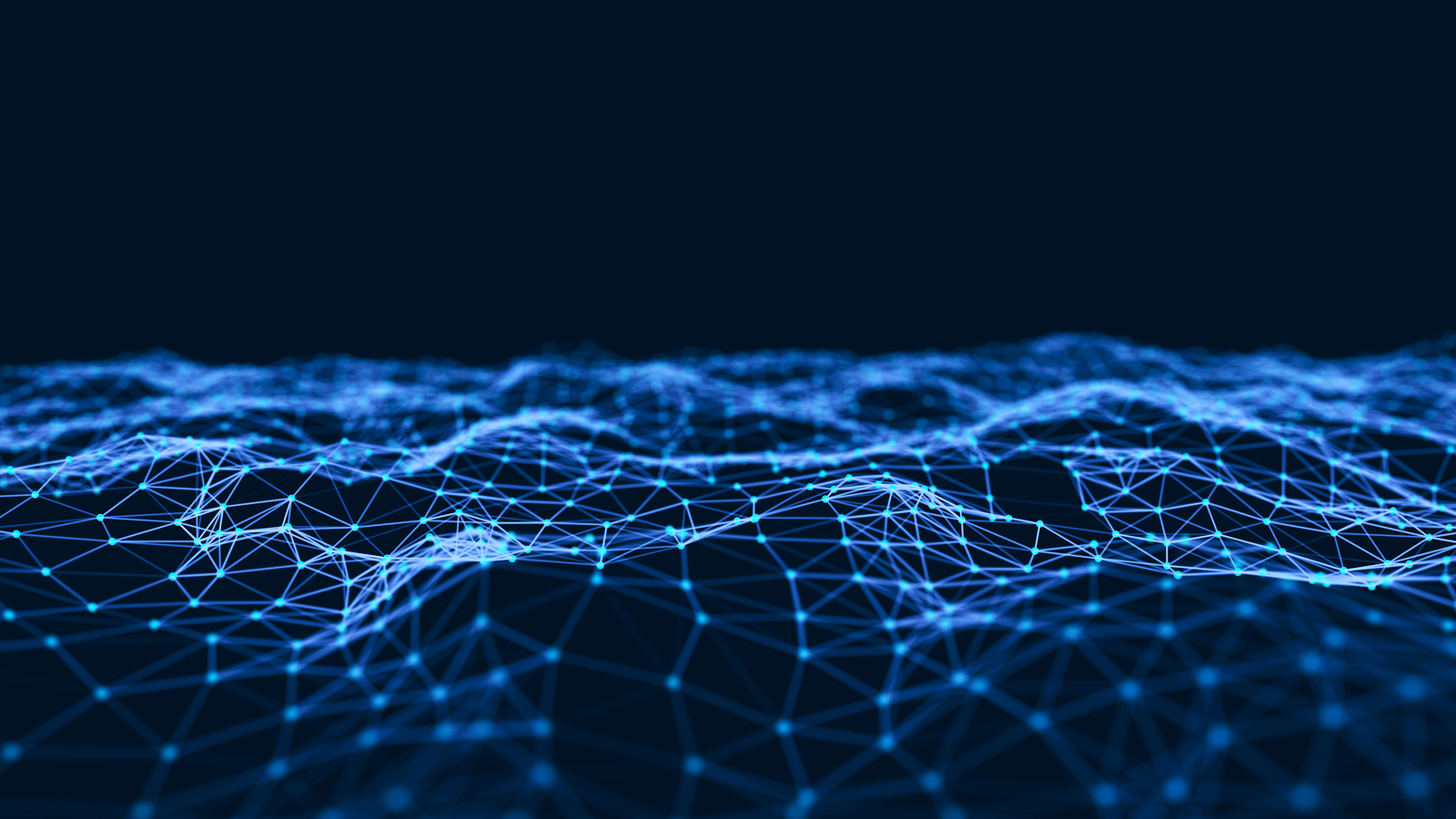
Deepfake technology has rapidly emerged as a powerful tool in the digital age, raising concerns about the potential for deception and manipulation that it brings. This innovative technology utilizes artificial intelligence and deep learning algorithms to create highly realistic and convincing videos, audio recordings, or images that mimic someone else’s appearance or voice. From entertainment purposes to political propaganda, deepfakes have become a double-edged sword, blurring the lines between reality and fiction. As the prevalence of deepfake technology continues to grow, it is crucial for us to dig deeper and unravel the intricate mechanisms behind this new form of artifice. By understanding its inner workings, we can better equip ourselves to navigate the vast digital landscape that lies ahead.
Understanding Deepfake Technology
Deepfake
Deepfake technology is a rapidly evolving field that has gained significant attention in recent years. It refers to the technique of using artificial intelligence and machine learning algorithms to create highly realistic manipulated media, including images, videos, and audio. It has the potential to deceive viewers by making it appear as though someone said or did something they never actually did.
At its core, deepfake technology relies on advanced algorithms to analyze and synthesize large amounts of data. By training the AI models on existing footage and images, the technology can generate highly convincing replicas of individuals. These replicas can be seamlessly inserted into different scenarios, making it difficult to distinguish real from fake.
The implications of deepfake technology are vast and far-reaching. On one hand, it offers exciting possibilities in the entertainment industry, enabling filmmakers to bring deceased actors back to life or create alternative realities on the screen. However, the technology also raises concerns regarding privacy, identity theft, and misinformation. Deepfakes have the potential to be used maliciously to spread misleading or fabricated information, undermine trust, and manipulate public opinion.
To combat the negative consequences of deepfake technology, researchers and technology companies are actively working on developing detection methods and countermeasures. These include algorithms that can analyze videos for signs of manipulation, as well as educational efforts to raise awareness about deepfake technology and its potential dangers.
In conclusion, deepfake technology presents both opportunities and challenges in our increasingly digital world. Understanding its mechanics, potential applications, and associated risks is crucial in navigating the complex landscape of digital media. Continued research and collaboration across various disciplines will play a vital role in ensuring that society can harness the benefits of deepfake technology while minimizing its negative impacts.
Implications of Deepfake Technology
The rise of deepfake technology has far-reaching implications across various aspects of our lives. From entertainment and politics to privacy and security, the impact of deepfakes is both intriguing and concerning.
Firstly, deepfake technology has dramatically transformed the world of entertainment. With the ability to superimpose someone’s face onto another’s body, filmmakers and content creators now have the power to bring deceased actors back to life or create fictional characters that look incredibly real. While this opens up exciting possibilities in the realm of storytelling, it also raises ethical questions regarding consent and the credibility of digital media.
Secondly, the political arena is not immune to the influence of deepfakes. These advanced manipulations can be used to create convincing videos of politicians or public figures saying or doing things they never actually did. This presents a significant threat to public trust and has the potential to disrupt elections or incite unrest. As the technology behind deepfakes continues to improve, it becomes increasingly challenging to distinguish truth from fiction, casting doubt on the reliability of any audiovisual evidence.
Lastly, the privacy and security implications of deepfake technology are a growing concern. With the ability to create highly realistic videos or images, anyone can be a target of identity theft, blackmail, or reputational damage. Deepfakes can be used maliciously to deceive or manipulate others, leading to far-reaching consequences both personally and professionally.
In conclusion, deepfake technology is a double-edged sword that offers both creative opportunities and potential dangers. As the boundaries between reality and fiction blur, it is crucial to approach this technology with caution, ensuring that its applications are used responsibly and ethically.
Combating Deepfake Technology
With the rising prevalence of deepfake technology, tackling its potential implications and safeguarding against its misuse is of utmost importance. Here are three approaches being adopted to combat this deceptive technology:
1. Developing Advanced Detection Algorithms
Efforts are being made to enhance the development of advanced detection algorithms capable of identifying deepfake videos and distinguishing them from real ones. These algorithms utilize machine learning techniques to analyze various visual and audio cues, including unnatural facial movements, inconsistencies in lighting and shadows, and anomalies in speech patterns. By continuously improving these algorithms, we can significantly reduce the spread and impact of deepfakes.
2. Strengthening Digital Verification Systems
To counter the malicious use of deepfakes, digital verification systems are being reinforced to ensure the authenticity of online content. This involves implementing robust authentication mechanisms such as watermarking and cryptographic signatures, which can be used to verify the integrity and origin of multimedia files. Additionally, the development of decentralized and tamper-proof databases holds promise in providing accurate information about the authenticity of media content.
3. Raising Awareness and Media Literacy
Raising awareness about deepfakes and promoting media literacy is crucial in tackling this technology effectively. Educating the public about the existence of deepfakes, their potential dangers, and how to identify them can empower individuals to critically evaluate the content they encounter. By fostering media literacy, we can collectively reduce the influence and spread of deceptive deepfake media.
In conclusion, combating the negative consequences of deepfake technology requires a multipronged approach. Developing advanced detection algorithms, strengthening digital verification systems, and promoting awareness and media literacy are key aspects of the fight against deepfakes. By integrating these strategies, we can strive towards mitigating the potential harm caused by this rapidly evolving technology.
